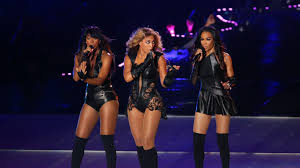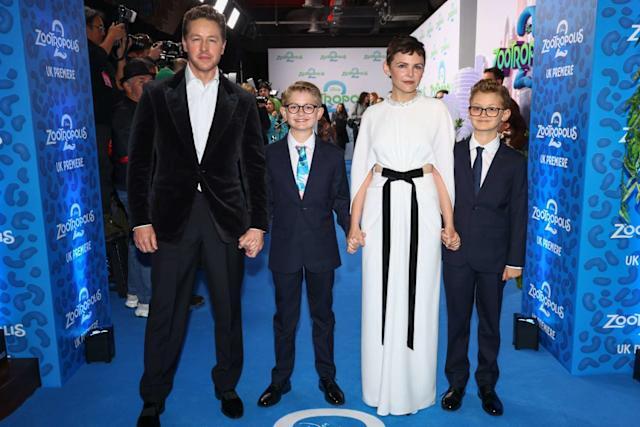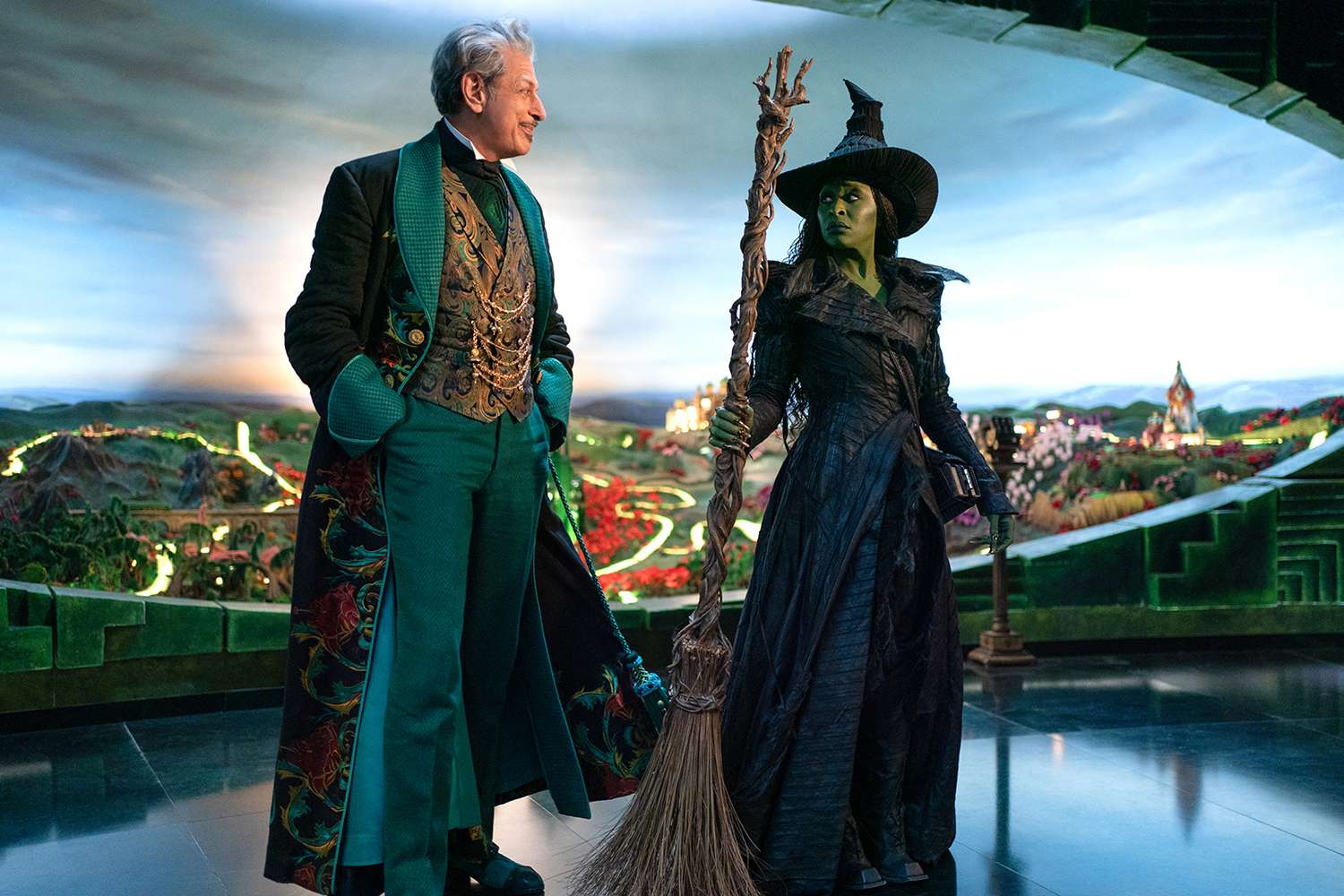It finally happened—Destiny’s Child is back, and fans are still catching their breath.
In a moment that stunned an entire stadium and instantly reverberated across social media, Beyoncé Knowles-Carter brought out her longtime sisters-in-song, Kelly Rowland and Michelle Williams, for a surprise reunion during her final Cowboy Carter concert in Las Vegas. For longtime fans of the iconic ‘90s girl group, the moment was more than nostalgia—it was history.
The reunion took place on July 26 at Allegiant Stadium, marking the final night of Beyoncé’s Cowboy Carter and the Rodeo Chitlin’ Circuit tour. The tour, which began in April and spanned 32 shows across the U.S. and Europe, has already been widely celebrated for its genre-blending, visually ambitious presentation, and deeply rooted cultural commentary. But no one could have predicted that the final stop would include such a monumental moment. The two-night Vegas finale was already highly anticipated, but when Rowland and Williams appeared onstage, the energy in the arena soared to unprecedented levels.
When the trio stepped into formation and launched into “Bootylicious,” the crowd erupted into the kind of roar that can only come from witnessing something truly once-in-a-lifetime. It had been years since Destiny’s Child performed publicly—seven, to be exact, since their surprise mini-set during Beyoncé’s 2018 Coachella performance. The chemistry between the women was instant and electric, as if no time had passed. For that moment, it wasn’t just a concert; it was a cultural reset.
Following “Bootylicious,” they went on to perform “Lose My Breath,” their high-octane 2005 hit that once dominated charts and soundtracked an entire generation’s coming-of-age. Despite the years since the song’s debut, every word, every beat, and every synchronized move felt sharp and familiar. These weren’t three solo artists stepping back into a group. These were three women reclaiming a shared legacy, not for nostalgia, but as a powerful statement of unity, endurance, and sisterhood.
Rowland and Williams didn’t just show up for a quick throwback performance—they actively engaged with the night’s themes, participating in Beyoncé’s now-famous “Mute Challenge,” a call-and-response moment from her Renaissance era that tests a crowd’s ability to go silent on cue. As the lights dimmed and the music dropped, the trio hit the lyric: “Just me and my crew—big energy!” The phrase, already loaded with power in the context of Beyoncé’s solo work, took on new meaning as Destiny’s Child stood united once again, literally embodying that “big energy.”
Fans in the stadium and online were emotional, many describing the experience as surreal. “I can’t believe I saw that with my own eyes,” one concertgoer exclaimed, still overwhelmed by what she had just witnessed. “We literally just saw so much of Beyoncé’s history onstage just now—her past, her present and her future.” And that sentiment rang true for millions watching through livestreams and endless replays online. This wasn’t just a reunion—it was a full-circle moment that acknowledged the foundation upon which Beyoncé’s solo career was built.
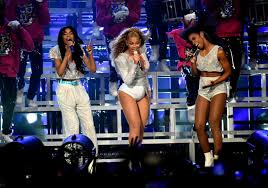
Destiny’s Child has always occupied a special place in the musical landscape. Originally formed in the early 1990s with Beyoncé Knowles, Kelly Rowland, LaTavia Roberson, and LeToya Luckett, the group quickly gained traction in the late ’90s with hits like “No, No, No” and “Bills, Bills, Bills.” By the early 2000s, with the lineup solidified as a trio featuring Beyoncé, Kelly, and Michelle, Destiny’s Child had become a global phenomenon. Their blend of R&B, pop, gospel, and fierce female empowerment resonated with audiences worldwide. Songs like “Survivor,” “Say My Name,” and “Independent Women” weren’t just hits—they were anthems that gave voice to a generation of young women finding their strength.
The group officially disbanded in 2006, allowing each member to pursue solo ventures. Beyoncé, of course, went on to become one of the most dominant figures in music and culture. Kelly Rowland carved out her own successful path in music, acting, and fashion, while Michelle Williams found acclaim in gospel music and theater. Despite their individual journeys, the women have consistently spoken about the deep bond they share—more than bandmates, they are family.
Over the years, fans have kept the hope of a reunion alive, eagerly scanning every interview, Instagram comment, or hint from Beyoncé’s inner circle for signs of a comeback. That hope spiked earlier in 2024 when Tina Knowles, Beyoncé’s mother and longtime supporter of the group, revealed during an interview that she had been serenaded by Destiny’s Child for her birthday. The private moment, while not intended for the public, set off a wave of speculation: Could a real reunion be on the horizon?
Still, nothing was confirmed. Until now.
Beyoncé’s Cowboy Carter era has already been defined by its fearless exploration of identity, musical boundaries, and Black Southern heritage. Drawing inspiration from country, blues, and Americana, the project boldly rewrote narratives about who belongs in those spaces—and did so with artistry and swagger. From the very beginning of the tour, fans noted that this was Beyoncé telling a story about her roots, her reinvention, and her resistance. And what could be a more fitting ending than bringing out the women who stood with her at the start?
The choice of Las Vegas as the finale location also carried symbolic weight. A city known for reinvention, spectacle, and timeless performance history, Vegas was the perfect place to close a tour that had touched so many themes around evolution and legacy. Allegiant Stadium, with its massive capacity and high-tech staging, transformed into a time machine, allowing fans to not just remember the Destiny’s Child era but to feel it again—live, raw, and real.
For Beyoncé, who has never stopped evolving and pushing the envelope, the moment also seemed to signal something deeper. Reuniting with Rowland and Williams was more than fan service. It was a reminder that even the fiercest solo artists are built from shared moments, from collaborations rooted in love, struggle, and growth. Standing beside her “sisters” again, Beyoncé seemed more powerful—not less. That’s the magic of Destiny’s Child: they were never just a girl group; they were a cultural force, and the chemistry between them still burns bright.
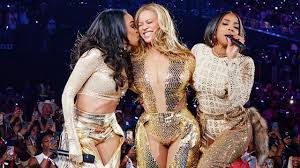
As of now, there’s no official word on whether the reunion was a one-time event or the beginning of something more. But the fact that it happened at all is enough to ignite a million conversations, fan petitions, and hopeful hearts. If there were ever a time for Destiny’s Child to return—whether for a tour, new music, or a special project—2025 seems to be the year that the stars are finally aligning.
For now, fans will replay the videos, share the clips, and relive the magic that happened on that final night in Vegas. And maybe, just maybe, they’ll start to believe again that the era of Destiny’s Child isn’t over—it’s simply evolving, just like the women who made it legendary.






